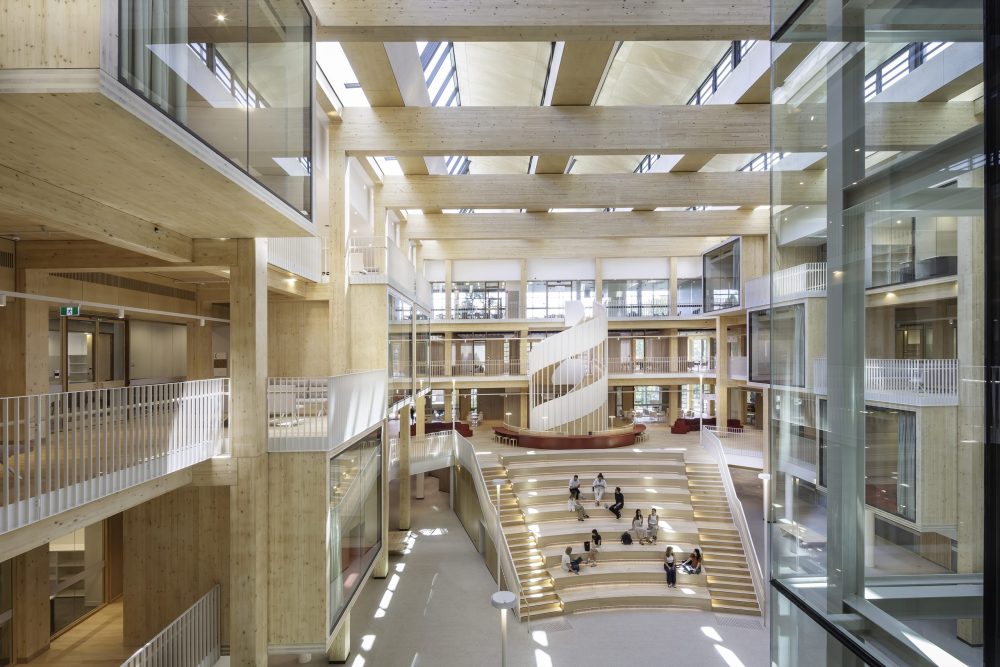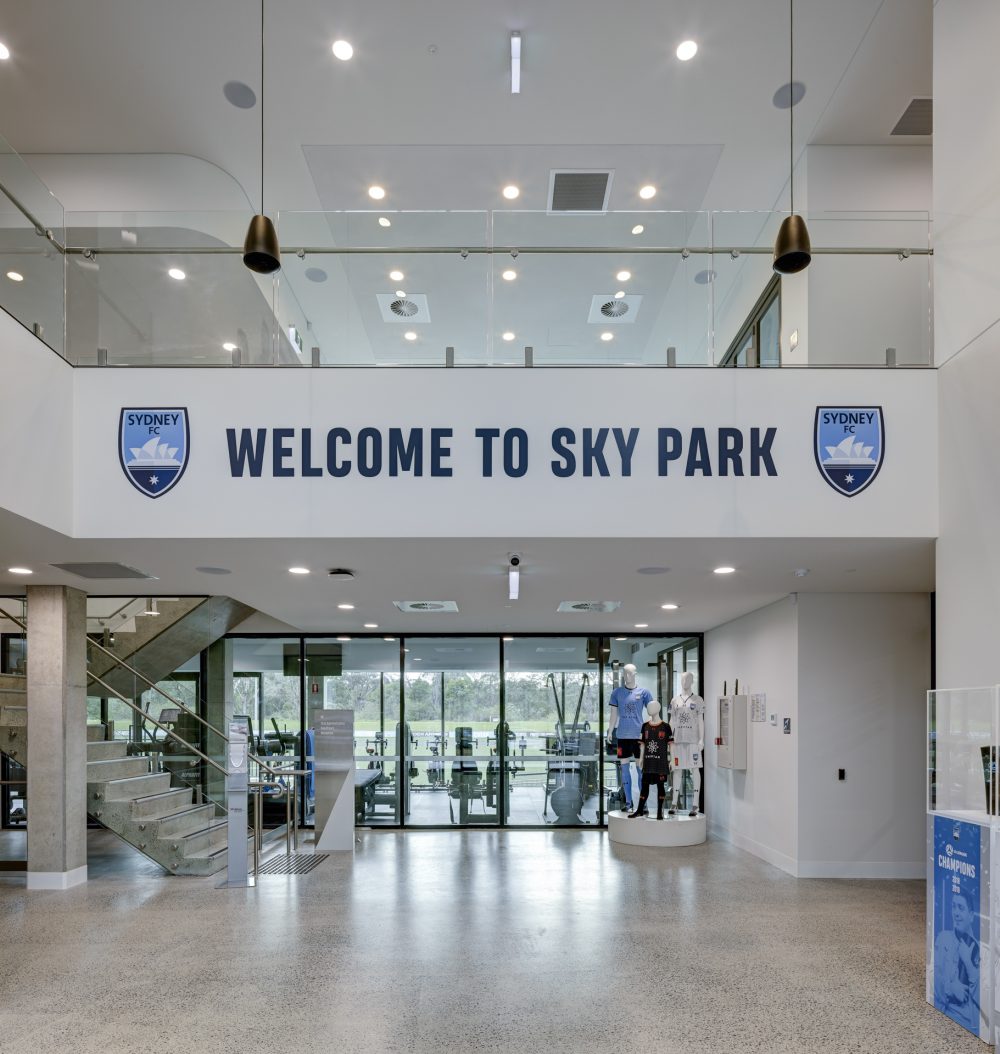Human Beings: The species in the built environment
Humans: species profile
Common Names: Human, sub-species Designer and Non-Designer
Scientific: Humana, Excogitatoris; Humana, Non Excogitatoris
Diet: Way, way too often
Size: See response to diet, above
Intelligence: Often questionable
Habitat: Human’s place-based thoughts and behaviours have been systematically investigated by scientists. Applying insights derived from their findings increases the likelihood that single humans and herds of teammates in a particular habitat achieve species-valued goals. These objectives often include sustained market success and financial health.

Researchers, working in labs tucked into the darkest recesses of psychology department basements, and in spaces as publicly accessible as Grand Central Station, have learned that the responses of members of the sub-species Non-Designer to their habitat can differ from those of humans in the other sub-species, Designer. The most frequently identified reason for these differences is that design training influences how humans experience the world around themselves.
Both Designers and Non-Designers share the same cognitive structures, however. The rest of this section will focus on the form of habitats in which both Designers and Non-De-signers exhibit their highest levels of professional performance, with sub-species differences noted, as relevant.
The ways that today’s humans are affected by the world around them can often be linked to collective experiences as a new species, many thousands of years ago. Being in the same sort of environments where early humans would have felt comfortable has a positive effect on the mood of today’s humans. That’s important because, achieving the goals detailed in design briefs depends on humans being in one particular mood or another.
Rigorous research studies have found that when humans are in a more positive mood, they think more broadly. As a result, they’re better at problem solving, coming up with creative ideas, and getting along with others, for example. When they’re thinking more broadly, humans are also healthier, because their immune system functions more effectively.
There are times when negative moods are best, however. When they’re in a negative mood, all humans are better at quickly and accurately running through emergency protocols, for instance. So, don’t eliminate the flashing lights and annoying sirens that come standard with each nuclear power plant control center, at least in the movies, just yet.
Humans, both individually and in teams, are in better moods and do a better job on cog-nitive tasks when they can make choices about the spaces where they’re working—that means they can adjust light levels and temperatures, for example. People, however, can become stressed when they need to make more than 4 or so decisions about their physical workplaces; so curated option sets should be provided. It is better to provide humans with lighting fixtures with a finite and carefully selected set of light color/light intensity options than rheostats with infinite numbers of light color and light intensity possibilities built in, for example. It is particularly desirable for humans to be able to choose where they will do solo work that requires concentration and, in so doing, avoid distractions whenever pos-sible. Distractions generate stress and destroy positive moods.
For humans doing cognitive work to feel comfortable in a space, and be in a positive mood, they must feel secure. Humans (of either sub-species) feel sheltered in the same sort of spaces that chipmunks (scientific name: Tamias) do. Chipmunks are regularly social creatures who rely on their wits to survive, just as the earliest humans did. Chip-munks are in relaxed positive moods when they sit on a shielded tree branch with a view out over the nearby meadow, just as people like to survey a restaurant from a high-backed booth with a view of the door. Neither humans nor chipmunks will do their best at work requiring focus when they’re sitting with their backs to passersby in an open area or when they’re being watched by hoards of others, for example. The “chipmunk test” reliably distinguishes spaces where humans are in relaxed positive moods from those where they’re in tense, negative ones.
Researchers have identified numerous pleasant experiences humans had in places where they prospered long, long ago that can be conceptually replicated in modern environments to create spaces where all humans perform well cognitively and are in positive moods. For example, gentle air currents can move things such as mobiles, just as mild spring breezes caused flower heads to bob slightly. Also, a range of sensory experiences at a variety of scales can be incorporated into spaces.
Humans are pack animals and never ignore the relative status of those they’re with. Many of their social processes depend on having rank-related information. For example, the distances that humans stand or sit from each other depend on their social standing. Not knowing relative status makes humans tense.
Humans today judge their own rank and that of others just as courtiers did centuries ago, by determining what goodies are provided to them—a seat near the manager? A special task chair? Eliminating differences in options provided doesn’t reduce humans’ need to determine the relative standing of others. People use whatever tools they have to signal relative rank. In one case, when everyone was given an identical workspace and coat racks were randomly distributed across the office floor, after a little while, all of the coat racks mysteriously migrated to be beside the work areas of those of highest rank.
The sorts of places that make it more likely humans will be in a better mood make them feel appropriately respected. Non-Designers put a lot of effort into deciding if a place in-dicates that they’re valued (which Designers do as well but don’t like to talk about). Both human sub-species share a deep-seated interest in knowing what other people think about them—so they’ve become good at working with whatever clues they can find to do just that. Are bathrooms appropriately designed and maintained? Are finishes used unhealthy? Do spaces provided support the work that people need to do, really?
Spaces silently convey additional information that can influence human mood. Organizational and national cultures create the context in which messages are sent and interpreted by users. The only way to understand the symbolic language being spoken in a place is to spend time with the people who use it. Habitats that send unwelcome unspoken messages are extraordinarily stressful for humans—and stress diverts mental energy from the task at hand, degrading cognitive performance.
“when humans are in a more positive mood, they think more broadly”
Scientists have collected a great deal of information about how sensory experiences in an area affect how humans respond emotionally to a space. So much information, that only a sprinkling can be shared in this profile. Seeing colours that are not very saturated but relatively bright, such as a sage green with lots of white mixed into it, has been linked to the relaxed positive moods that are just right for knowledge work. Looking at colours that are saturated and not very bright, such as Kelly green, is helpful when humans need to be more energized. Being in warm light optimizes the likelihood that humans get along well with others. Around the planet, floral smells are likely to put humans in a good mood, while smelling cinnamon has been linked to more creative thinking; orange aroma is an anxiety-buster. Sniffing lemon puts people in a great mood to do knowledge work.
Human hearts start to beat in time to nearby sounds, a process called entrainment, and people keep careful track of how fast or slowly their hearts are beating. Unconsciously, humans use information about their own heartbeats to, in part, judge their own mood—with slower beats being interpreted as feeling calm, for example. Tactile experiences also affect humans’ moods, encouraging them to be more or less empathetic to others, or generous and trusting, or to negotiate more vigorously, for instance.
Peoples’ mood and performance are best in spaces with moderate visual complexity. A space with moderate visual complexity features carefully curated sets of colours and shapes. The interiors of homes designed by Frank Lloyd Wright generally have moderate visual complexity, for example. Designers have much better experiences in spaces with low visual complexity than Non-Designers, who often feel quite stressed in these areas. Designers are generally attuned to variations in design details that are lost on Non- Designers; as a result, Non-Designers can be unpleasantly under-stimulated in a space where Designers are at ease. Non-Designers’ discomfort in spaces where Designers are pleased to be often puzzles Designers.
Information is continually being gathered by human sensory receptors and processed. Individual sensory inputs are combined with simultaneous other inputs to determine the overall effect of a space on mood. National and organizational cultures guide the process-ing, integration, and interpretation of information received. Many other factors, such as compensation structure and economic conditions also affect employee moods.
In technical terms, the physical situations in which humans find themselves drive their conceptual and tangible assessments of stimuli. When those assessments are integrated they determine humans’ fully processed emotional reaction to an experience. That fully processed emotional reaction in turn contributes not only to professional performance, etc., but also to place-based wellbeing.
A final cautionary note: Humans, whether members of either the Designer or Non-Design-er sub-species, can, on occasion ignore their own human-ness, and the forces that influence their emotional response to the world that surrounds them, noted above. This has dire consequences for personal and organizational outcomes. Humans are not automatons, however; they are complex animals, often driven by processes more primitive than they like to acknowledge.
Author: Sally Augustin, PhD, environmental psychologist and a principal at Design With Science, focusing on human-centered design. Via Teknion ETHONOMICS.
Read more from TCW in Volume 3 of YELLOW here.






